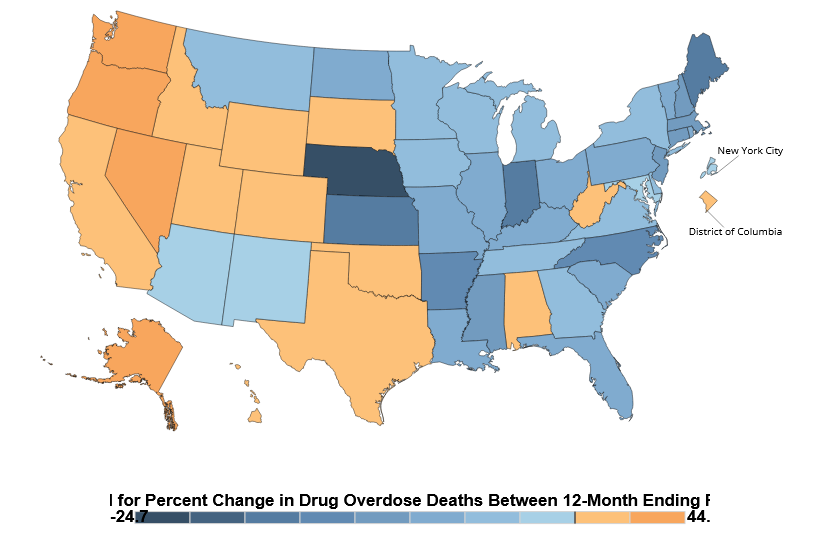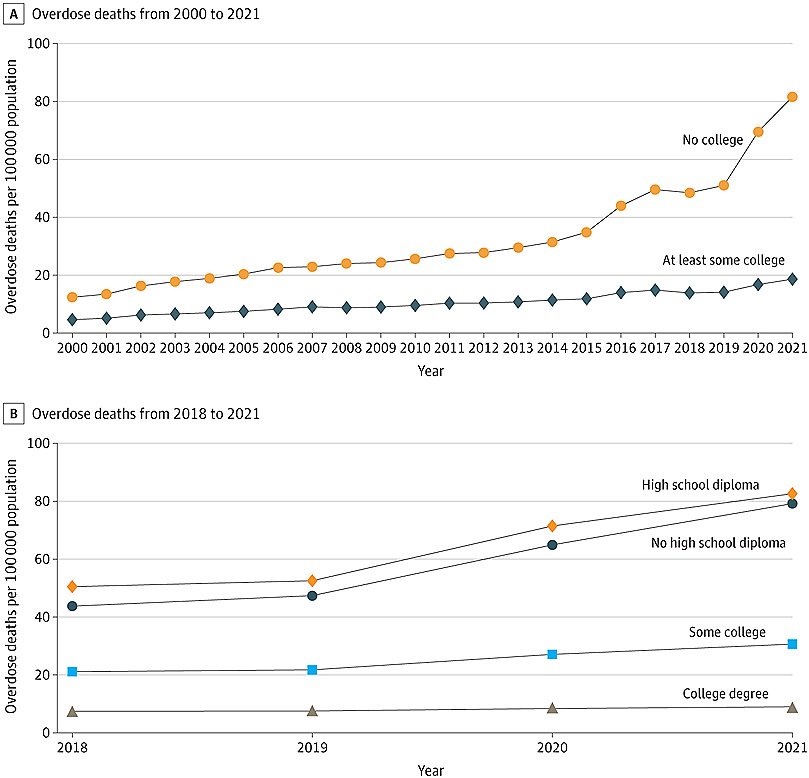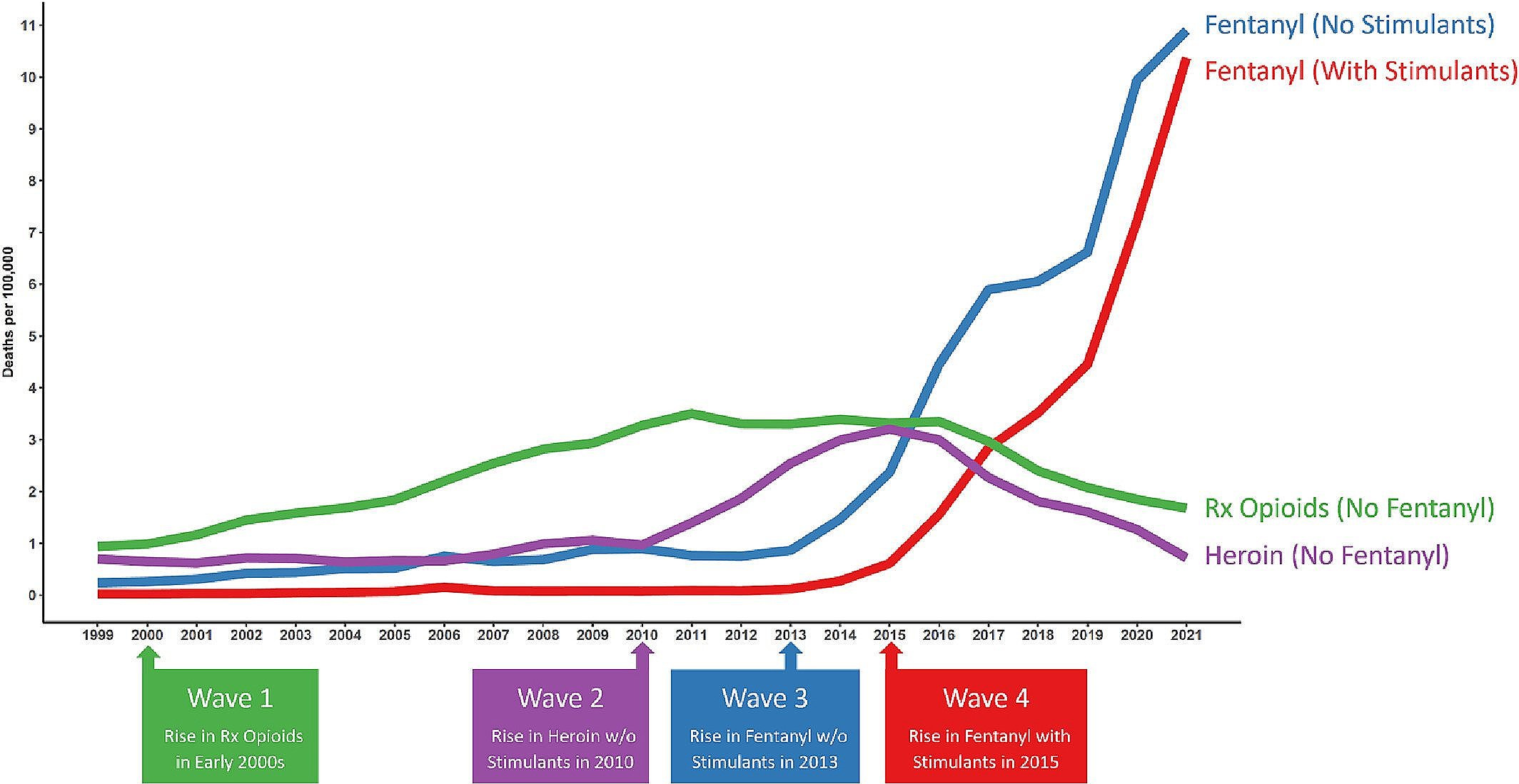Dose and Type of Opioid May Increase Risk of Constipation
/By Pat Anson
Constipation is one of the most common – yet least talked about – side effects of opioid pain medication. About 80% of patients on daily opioid therapy experience constipation, even when taking laxatives, which can severely impact quality of life and sleep.
But talking about constipation brings little sympathy and often starts a round of potty jokes. When AstraZeneca aired a commercial during the 2016 Super Bowl promoting its opioid induced constipation (OIC) drug, the ad was greeted with derision..
“The Super Bowl is known for inspiring lots of eating and lavish spreads of food. So why would advertisers pay millions to air ads focusing on constipation?” asked Eric Deggans of National Public Radio.
“Was that really an ad for junkies who can’t sh**? America, I luv ya but I just can’t keep up,” comedian Bill Maher wrote on Twitter.
All jokes aside, constipation really is a health problem. Which makes a new study at the UK’s University of Manchester all the more valuable because it identifies which opioid painkillers are most likely to be associated with constipation and which ones are not.
"Constipation is a frequent adverse event associated with opioid medications that can have a considerable impact on patients' quality of life,” says lead author Meghna Jani, PhD, an epidemiologist and Senior Clinical Lecturer at The University of Manchester. “Opioid-induced constipation has also been associated with longer hospital stays, higher hospital costs, and increased emergency department visits."
Jani and her colleagues analyzed hospital health records for over 80,000 non-cancer patients on opioids in England between 2009 and 2020. About 8% suffered from constipation severe enough to require an enema or suppository.
The study findings, recently published in BMC Medicine, show that morphine, oxycodone, fentanyl and combination opioids were associated with a significantly higher risk of severe constipation compared to codeine. Tramadol and buprenorphine had the least amount of constipation risk.
Tramadol and buprenorphine have different mechanisms of action than other opioids, which may explain their lower risk, while codeine and tramadol are considered less potent opioids.
The risk of constipation was also found to be dose-dependent. Patients taking less than 50 morphine milligram equivalents (MME) a day had the lowest risk of constipation, while those taking 50 to 120 MME daily had a risk twice as high. Fifty MME per day is roughly equal to taking either 50mg of morphine or 33 mg of oxycodone each day.
The Faculty of Pain Medicine of the Royal College of Anaesthetists says the dose above which opioid harms likely outweigh their benefits is 120 MME per day. Guidance in the U.S. and Canada is more cautious, recommending that opioid doses be kept at or below 90 MME.
This is believed to be largest study of its kind to evaluate constipation risk based on types of opioids, and one of the first to assess the impact of doses. Researchers say previous estimates of constipation rates probably under-represent their true prevalence, because constipation is often not seen as a serious issue and may not be coded in medical records. Patients may also be reluctant to openly talk about their bowel habits with a healthcare provider.
"Previously, we didn't know enough about the risk associated with specific opioids, given the different ways they act on the body, as well as the effect of daily dose,” said Jani. "This study will allow clinical prescribers and patients to make better shared decisions about what pain relief is best for them, to minimize the risks of this side effect of opioids, and thus improve patients' quality of life.
"If patients need to be on opioids, we urge prescribers to be cautious with opioid dosing, and aim for the lowest effective dose to manage pain while mitigating the risk of constipation and other side effects."















